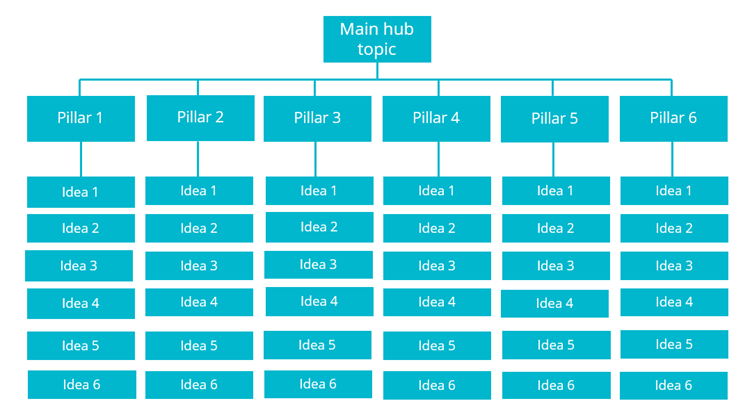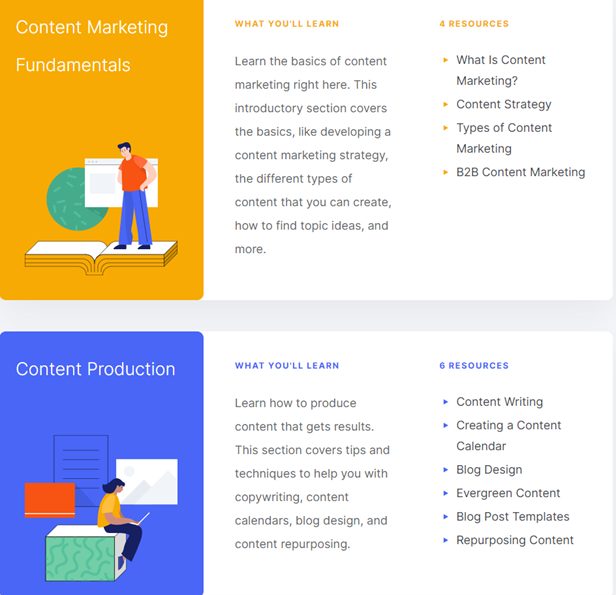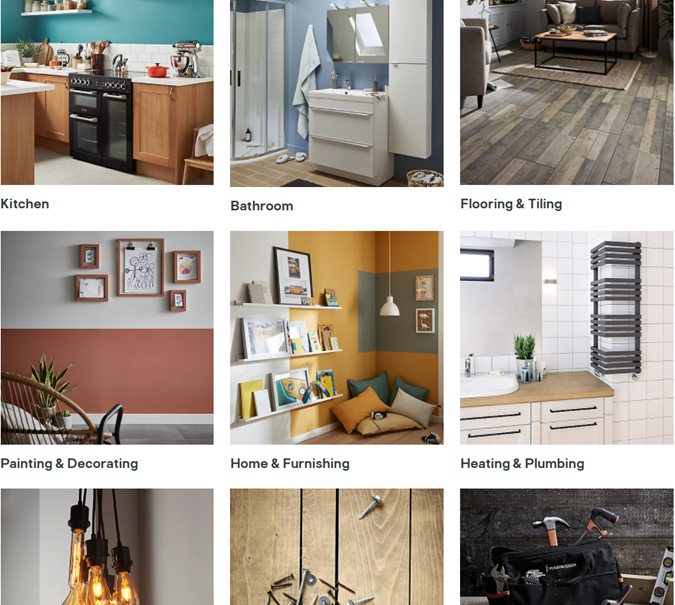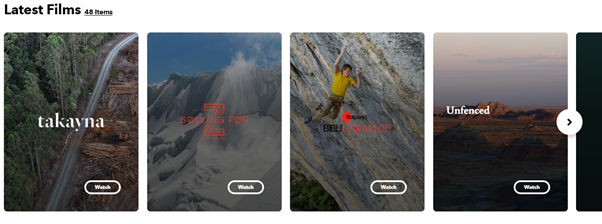What Is A Content Hub And How Can It Build Topical Authority?

Content hubs are powerful tools for building topical authority and visibility online. They’re also often our favourite projects to work on in WMG’s content team!
Below we’re going to look at what content hubs are, how they work and why they’re great for brands, including some best-practice examples.
What is a content hub?
A hub is a content housing structure based around one topic that’s relevant to a brand and its audience. Within this structure are several narrower sub-topics, with buying guides, how-to articles and other pieces of supporting content all strategically linking out.
You might see these sub-topics referred to as pillars, while pages linked to pillars are also known as clusters. But whatever you prefer to call these elements, the overall aim is to grow a brand’s topical authority through quality content that wins traffic and pushes some of those visitors towards conversion.
Content hubs vs blogs
Content hubs are usually smaller than websites but bigger than blogs. This means they’re housed on existing sites but are generally better organised and slicker in design than a traditional blog that stores articles in chronological order.
The focus and style of hub content can be slightly different too. While a blog may house news, trend or commentary pieces with a shorter lifespan, hubs tend to feature so-called evergreen content that stays relevant over time with only minor updates.
How do content hubs work?
Content hubs are organised in a logical format that’s easy for readers and search engines to understand. Similar to a website navigation structure, they also feature internal links creating a clear path from topic to topic.

Let’s say you own a DIY brand and want to create informative content for homeowners. Your overarching hub topic could be home renovations, a broad theme that perfectly matches both your proposition and your target audience’s interests.
Breaking off from here would be a selection of relevant sub-topics which might focus on individual rooms or property types. You could even create pillars around knowledge levels – beginner projects, advanced DIY and so on.
Within these categories, you’d then create informative supporting content with titles guided by keyword research, audience interests and your key business messages. Relevant ideas for your DIY brand might include:
- How to fit kitchen worktops
- Bathroom wall tile buying guide
- XX Scandinavian living room ideas
Regardless of your focus, hub content should work to help first, sell later. This means that it mostly serves readers in the awareness or consideration stages of the buyer journey, with internal links to commercial pages where relevant.
What are the benefits of content hubs?
So why bother? There are plenty of reasons that make investing your time and effort worthwhile. Content hubs can help brands to:
- Grow visibility in the upper funnels of search engine results by targeting long-tail phrases and answering common questions
- Demonstrate topical authority to search engines by connecting hub pages and subpages with internal links, displaying a clear depth of content
- Encourage better user engagement by making related content easy to navigate, keeping readers on site for longer
- Support commercial pages by including links to products or services where appropriate, driving better-qualified leads
- Maximise existing content by organising it in a logical evergreen structure, rather than hiding it in chronological order
- Create a positive brand experience through useful content that’s well designed and unmatched by your competitors
- Attract more backlinks by creating a unified, valuable resource, and passing this authority between linked pages
- Plan new content strategically by making gaps in topic coverage easier to spot
- Boost other marketing channels such as social media and email
Content hub examples
There’s plenty of evidence to suggest that content hubs can work for brands in almost any industry, whether that’s finance, home, health, tech, travel or something else. They come in all shapes and sizes as a result, shown by the content hub examples we’ve picked out below.
Backlinko’s Content Marketing Hub

- Audience: Content marketing professionals
- Formats: In-depth guides, case studies, how-tos
- Key themes: Content planning, writing, formats, promotion, tools
Backlinko’s Content Marketing Hub is just as slick and well optimised as you’d expect an educational hub about online content to be. With six pillars focusing on topics from content planning and writing through to distribution and tools, readers can work through the guides in a logical order as if they were a series of training modules.
B&Q’s Ideas & Advice Hub

- Audience: Homeowners
- Formats: How-tos, buying guides, inspirational blogs
- Key themes: Rooms, tools, heating and plumbing, building
B&Q’s Ideas & Advice hub is a huge resource of practical how-to guides and inspirational blogs for homeowners. It features 12 pillars in total that cover a mix of key rooms, like the kitchen, and multi-room sub-topics such as flooring and tiling. Within each pillar is a series of articles that breaks each area down further while retaining relevancy to the B&Q brand.
Patagonia’s Stories Hub


- Audience: Outdoor enthusiasts
- Formats: Films, narrative-style editorial
- Key themes: Environmental activism, extreme sports, culture
At the glossier end of the spectrum is Patagonia’s Stories hub.
There’s less of a product focus here and less evidence of optimisation around keywords. Instead, this hub is more of a digital magazine for outdoor enthusiasts – i.e. the kind of people that may wear Patagonia clothing – with films and editorial content pieces on environmental activism, extreme sports and more.
Create an effective hub with our content experts
Could a content hub help your brand attract readers and keep them around?
From qualifying and categorising topics to researching informational keywords, lots of work goes into creating hubs and the content that comes with them. The good news is that it is work our experts regularly deliver.
Get in touch to find out how our content team can support your brand.